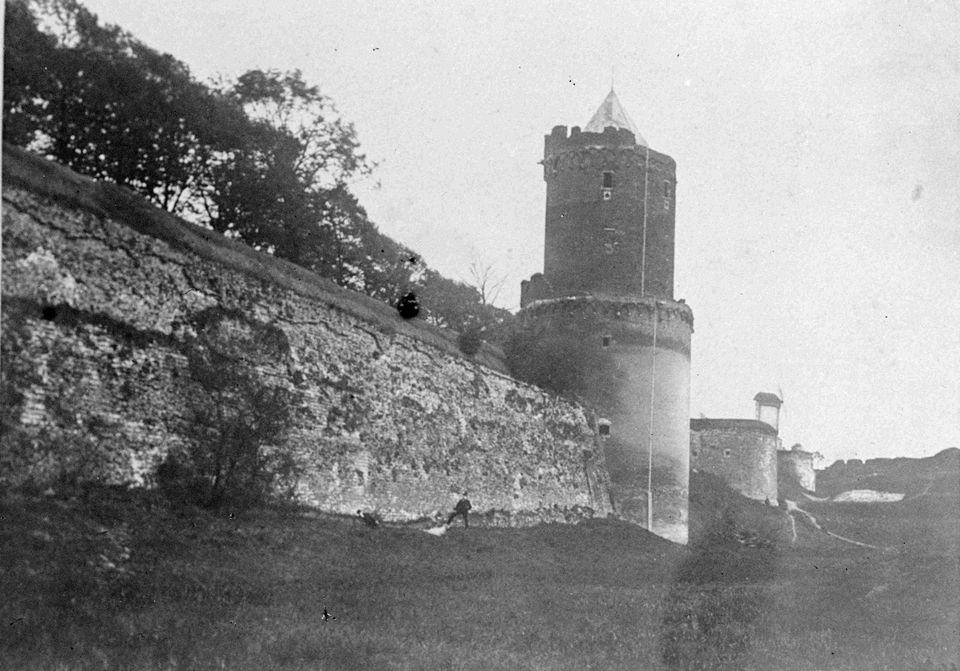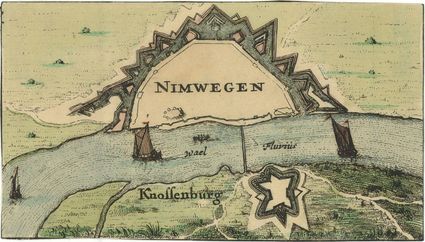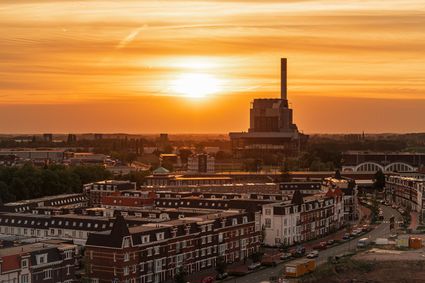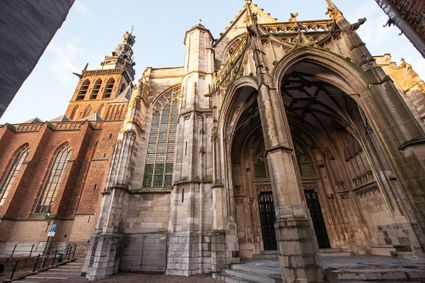Walls and gates – the city takes shape
Nijmegen is bursting at the seams with historical stories, ranging from leading figures to ordinary people, from neighbourhoods to political events. The Canon of Nijmegen encompasses the most important stories about Nijmegen’s history. One of these stories tells the tale of the walls and gates of Nijmegen. The independent status of a medieval city was most clearly visible in its walls or ramparts. In Nijmegen, the oldest city walls were probably constructed by both the count and the city, shortly after the pledge of 1247.
1247 – 1530: enclosure and enlargement
The first “enclosure” in Nijmegen still mostly took the shape of an earthen wall, which surrounded the town and the fortress. At the time, the city was much smaller than what is presently deemed the inner city, but the population grew rapidly, both inside and outside the walls. Along some of the exit roads, rows of buildings arose, like the ones on the Molenstraat. In 1450, the construction of a new, wider enclosure started, giving these buildings the protection of a city wall. Further expansion took place until 1530, after which the city wouldn’t be expanded until far into the nineteenth century.
As soon as they were constructed, all adult men were required to guard the city walls and defend them against besiegers when necessary. The gates into the city were locked every evening. These gates, the Hezelpoort (1334) and the Burchtpoort (1348) were first mentioned in sources such as histories in the fourteenth century. Two centuries later, the city had nearly thirty gates, varying in size. The preserved Kronenburgertoren was part of the last expansion of the city wall at the start of the sixteenth century.
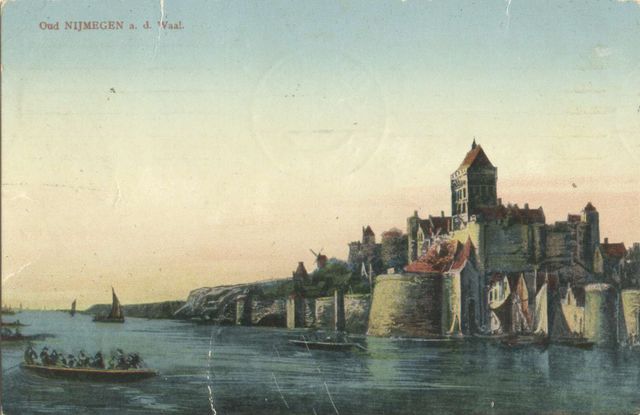
The city side of the Hezelpoort seen from the Hezelstraat – a pen-and-wash drawing by Cornelis Pronk.
Important buildings
The walls and gates formed the largest, most expensive, and most impressive complex built by the city. Additionally, there were several public buildings inside the walls. The most important, and most likely the oldest, of these was the town hall. The first town hall in Nijmegen stood on the Waalkade. Later, at the end of the fourteenth century, the town council was housed in three adjoining houses on Burchtstraat. In 1553-1554, these houses were reconstructed internally into town hall that still stands today, with a shared monumental façade.
Another important public building was the Butcher’s hall, which stood on the site of the present-day Waag. As early as the Middle Ages, the Grote Markt was home to a weighing house, but the current version of the building was constructed in 1612-1613. Goods could be weighed there under civic supervision. The cloth hall (also called a “gewandhuis”), where cloth merchants had their stalls, was also located on the Grote Markt, on either side of the Kerkboog. The Waalkade also boasted a municipal crane for loading and unloading ships, which ran on a treadmill in which “crane children” would walk. Outside the city was a series of municipal kilns, where bricks were baked for personal use as well as sale to private individuals.
Historic façade of the city hall
In order to pay for all these urban amenities, the city council levied tolls and excise taxes on food, beer, and wine, as well as the possession of a hearth. Additionally, people had to pay for the use of the weighing house, the crane, the quays, and the brick kilns or a place in the cloth hall or on the market. The city also raised money by selling annuities. Markets were located on streets and squares, similar to present-day markets, and in many cases they gave these locations their names. The daily market was located on the Grote Markt, while weekly markets were the wood market, pitcher market (Kannenmarkt), grain market (Korenmarkt), hawker market, pig market, greens market, and cattle market (Veemarkt). Once a year, the cloth market, fur market, ox market, and horse market were held.
Immerse yourself in the rich history of the oldest city in the Netherlands, because Nijmegen has a lot of stories to tell you. Curious? You can read all about it in this historical timeline.
